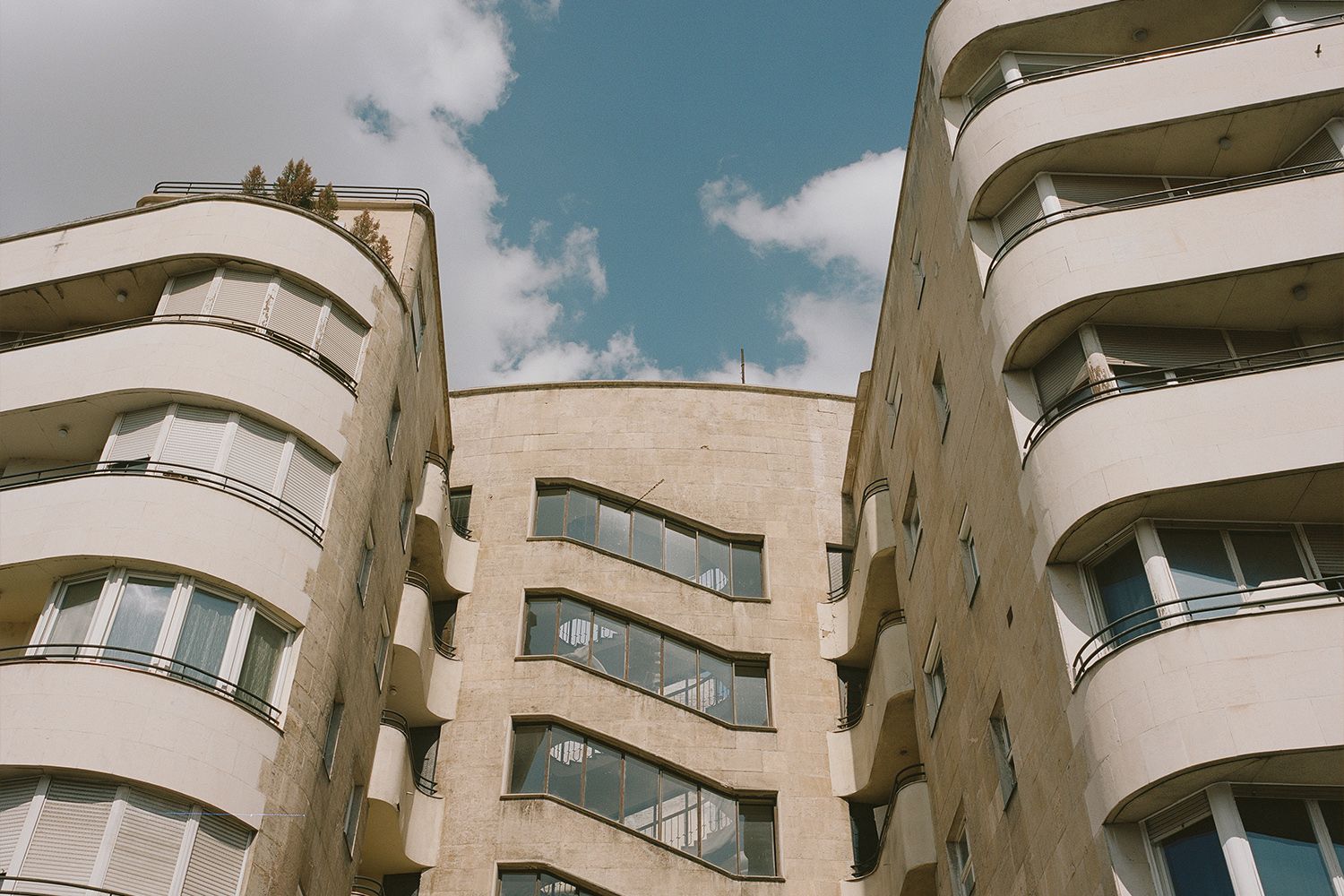The urbanistic trend of liveable cities is once again gaining momentum among experts. But what makes a city liveable? More green spaces and recreational options? Less time spent commuting? Necessary institutions and services at your fingertips? Different solutions can be found around the world and Budapest is right there with them. Through two districts, we’ll show you how the Hungarian capital is redefining itself. This article was published in print in Hype&Hyper 2021/2.
Written by Dávida Eszter
Photos by Balázs Mohai
Eszter Dávida – Architect, urbanist. Graduated as an architect from Budapest University of Technology and Economics in 2016. Curator and managing member of Contemporary Architecture Centre (KÉK). Leader of Pecha Kucha Night Budapest and DANUrB programs working to channel bottom-up and top-down initiatives and solutions into city planning on a regional and international level. As an urbanist, she is working on data-backed urban planning and strategic projects, focusing on inclusive and sustainable urban development. In 2021, she became a member of the New European Bauhaus, an interdisciplinary thinktank of professionals.
The criteria of a liveable city is a complex system that can be defined by various approaches and ranked with varying importance. Each year, the company Mercer ranks many cities, evaluating the quality of life in each of them. In 2019, from 231 cities Budapest landed the 76th place, outperforming most Central- and Eastern-European capitals (Vienna taking the lead for ten consecutive years). The complexity of the topic is clear from the 39 factors used for analysis that include social, economic, housing, environmental, and urban service (mobility, education) considerations. It also points out that designing an urban development initiative that meets all these aspects is almost impossible, therefore, developing with some key points in mind is the logical strategy. This is what happened in Barcelona, where a set of distinctive residential blocks from the 19th century were organized into so-called superblocks, which now become the dominant method. These superblocks consist of nine buildings where car traffic was cut to provide space for bicycle and pedestrian roads as well as green and community areas. The Hungarian capital’s most important directions of urban development up to 2027 are outlined in the new Integrated Urban Development Strategy with special emphasis on the criteria of livable cities.
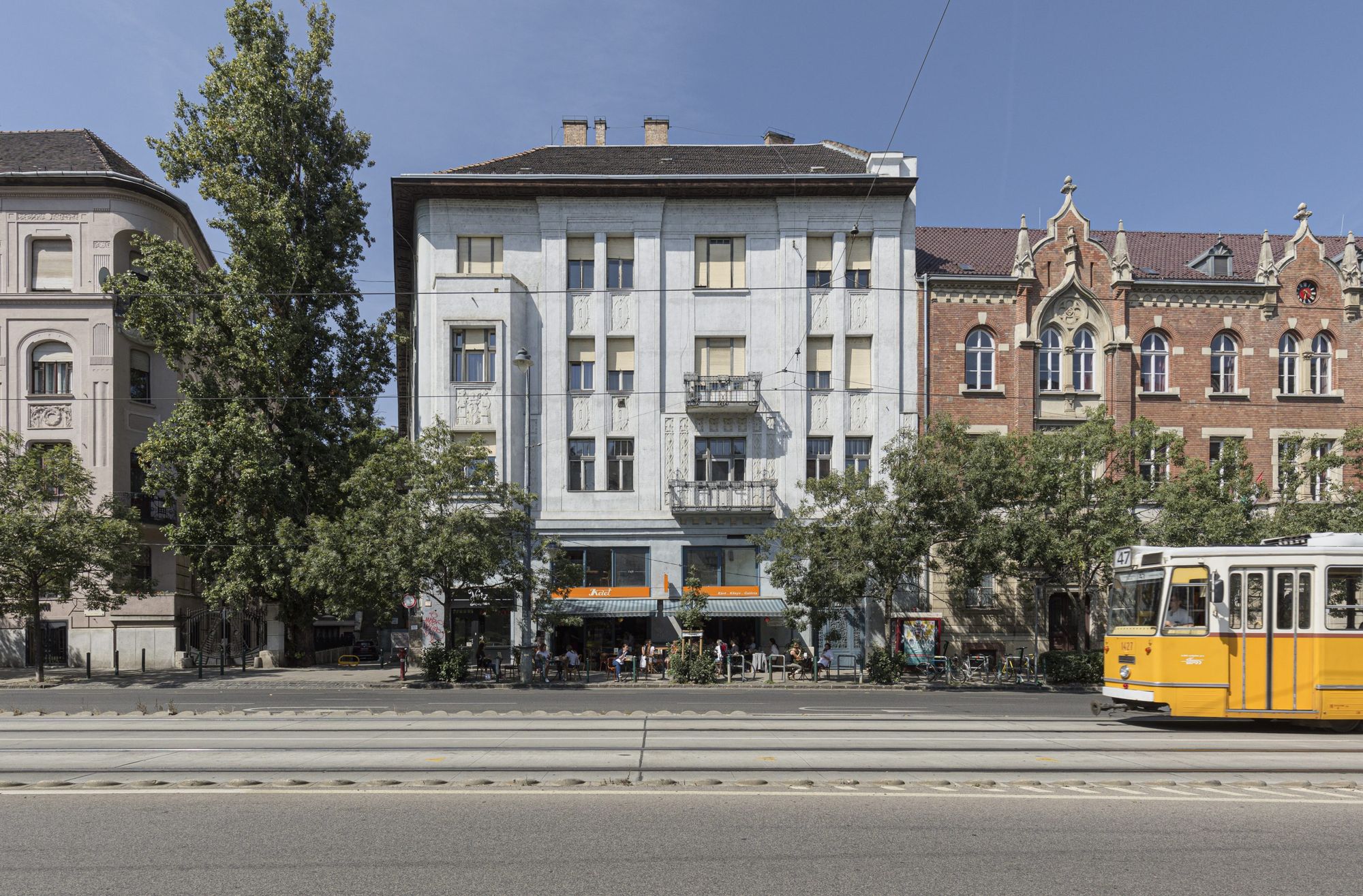
One of the unique phenomena emerging from the COVID-19 pandemic is that due to our restricted mobility, we started repurposing the city’s private and public spaces. Private spaces are used more frequently with some almost becoming public spaces like balconies and gardens. The usage and boundaries of public spaces changed as well. Now, we go out to public parks for social gatherings while pubs and restaurants conquered parts of public squares. The pandemic altered our daily routines (walking, cycling, shopping) and how we work and this will also have a lasting effect on many offices’ daily operation and usage of space. No wonder the urbanistic concept of 15-minute cities is back on the international table serving as a viable solution not only for professionals and scientists, but also for governments (as can be seen in the example of the current urban development plan of Paris).
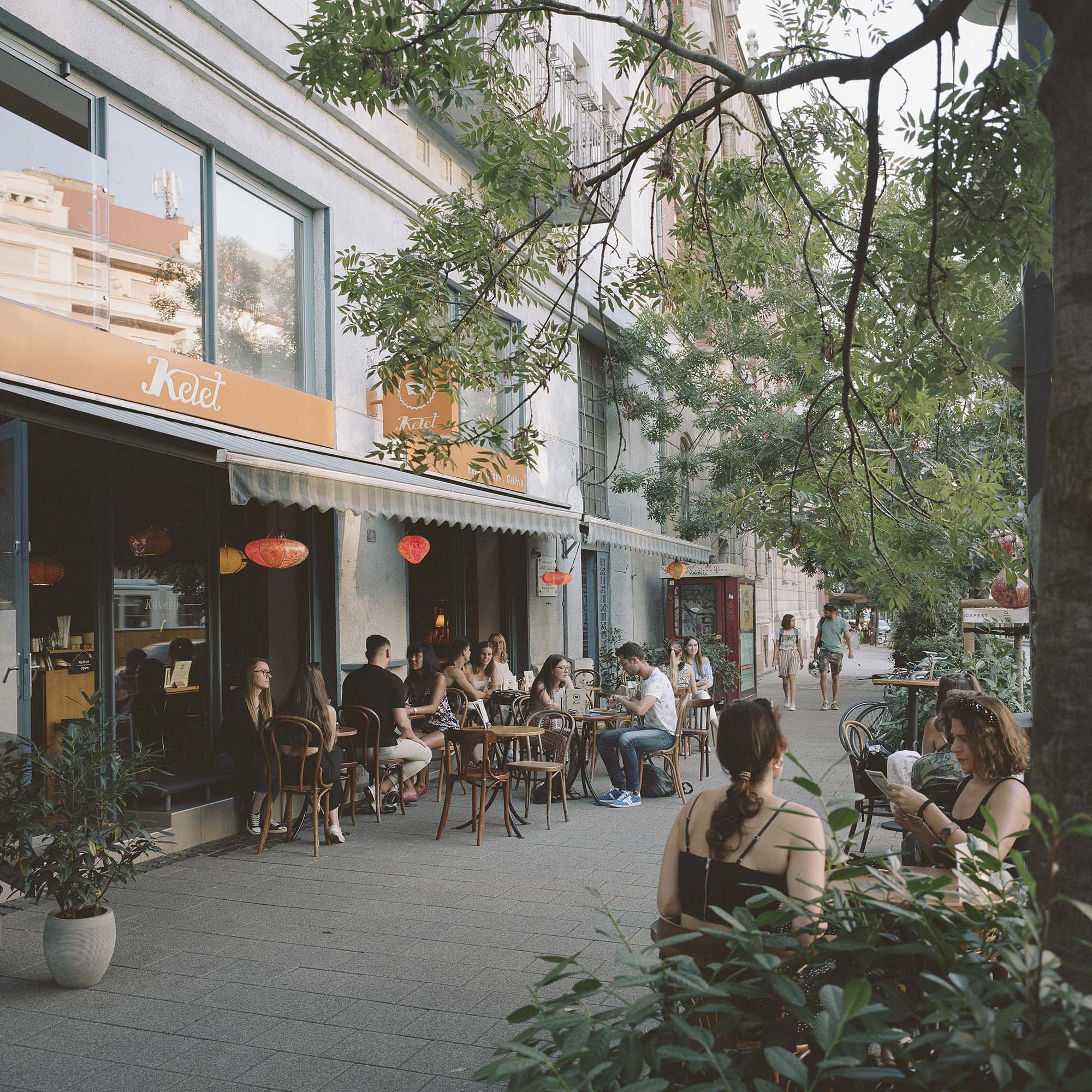
The basis of the 15-minute city concept is the ideal urban environment where all important—essential and frequently used—services can be reached within 15 minutes.
This is mostly used as a 15-minute walk, but besides walkable distances, areas reachable within 15 minutes by other means like bicycles, public transport or cars, are also important and can be visualized as concentric circles. The concept is far from being new. In the 1900s, US-born Clarence Perry was intent on creating 20- and 30-minute neighborhood blocks with special regard for pedestrians instead of cars. His initiative paved the way for the New Urbanism movement that emphasizes the importance of human-scale urban planning principles like pedestrian-friendly residential blocks and streets, housing and shopping options closeby and easily accessible public spaces.
The criteria for a 15-minute city, like those for a liveable city, consist of many factors and an experimental field in practice. There are many districts in the Hungarian capital with favorable features, out of which we will present two examples: the revitalization program of the Margit-district area in District II, and the transformation of the Bartók cultural district in District XI.
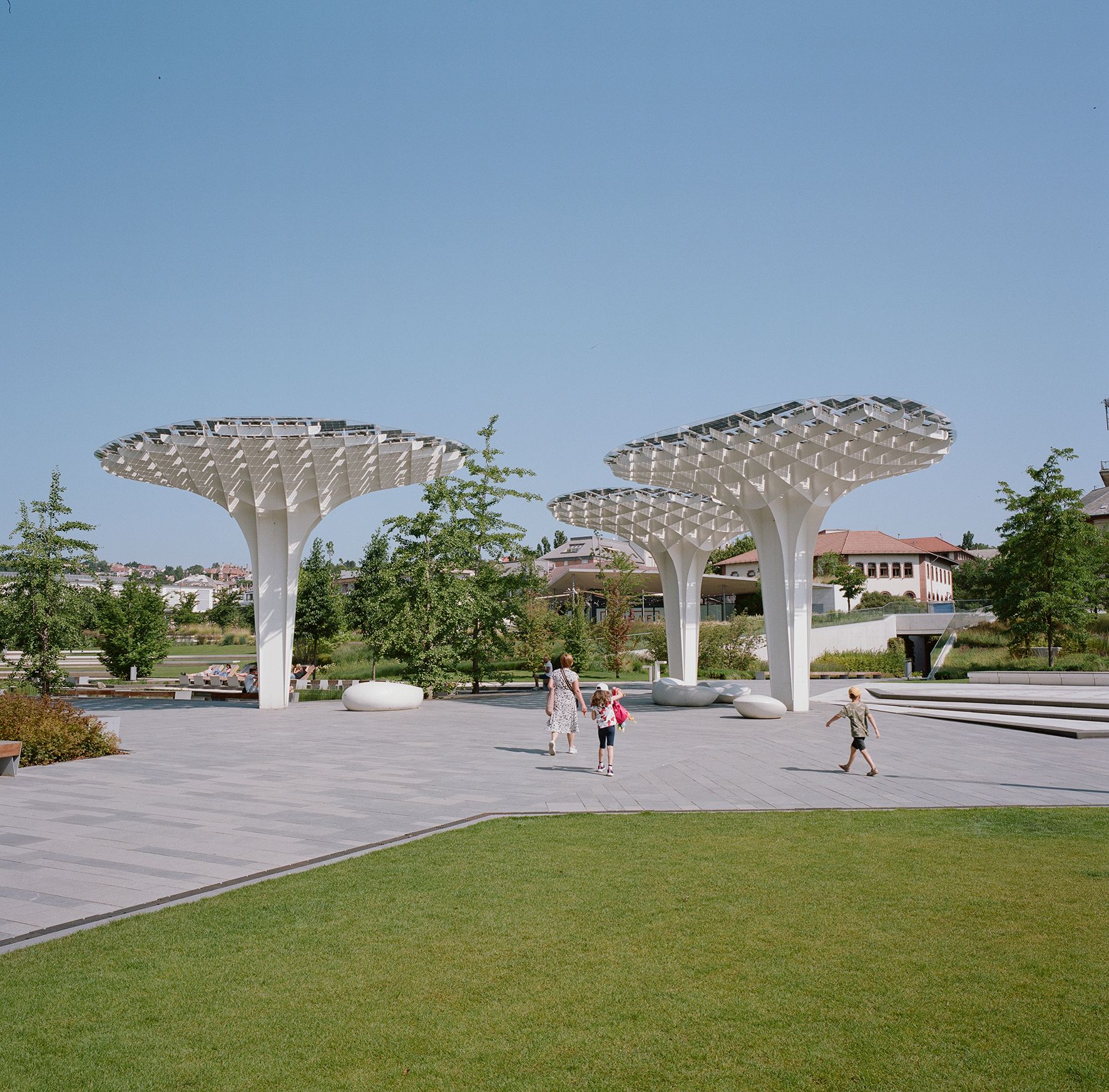
The aim of the Margit-district Program is to create an ecosystem on Margit boulevard and its close proximity where the network of quality service providers, social and cultural spaces and initiatives come together to form a livelier, more sustainable and liveable quarter.
Twenty years ago, the conditions of the Margit boulevard and the situation of the district drastically changed due to the construction of shopping malls: walking paths were rearranged, small shops had a hard time keeping up with what the malls were offering resulting in a lower quality of services. At the same time, fewer resources were allocated for property operations and maintenance, resulting in the picture we see today: many empty or less maintained street-front properties with few services. However, the positive progress witnessed in neighboring quarters gave newfound momentum to the development of Margit boulevard. This was beneficial not only for the council as the operator whose resources were spent on the upkeep of empty properties, but for the residents and businesses as well, bringing about positive changes in living conditions and the economy. The revitalization of the Margit-district is a comprehensive architectural, social, economic and cultural program to help redefine the quarter’s overall position in the urban fabric. One of the key questions of the program’s success is to revive the area’s cultural and social network as the main aim is not merely reopening businesses, but to rebuild the real urban ecosystem.
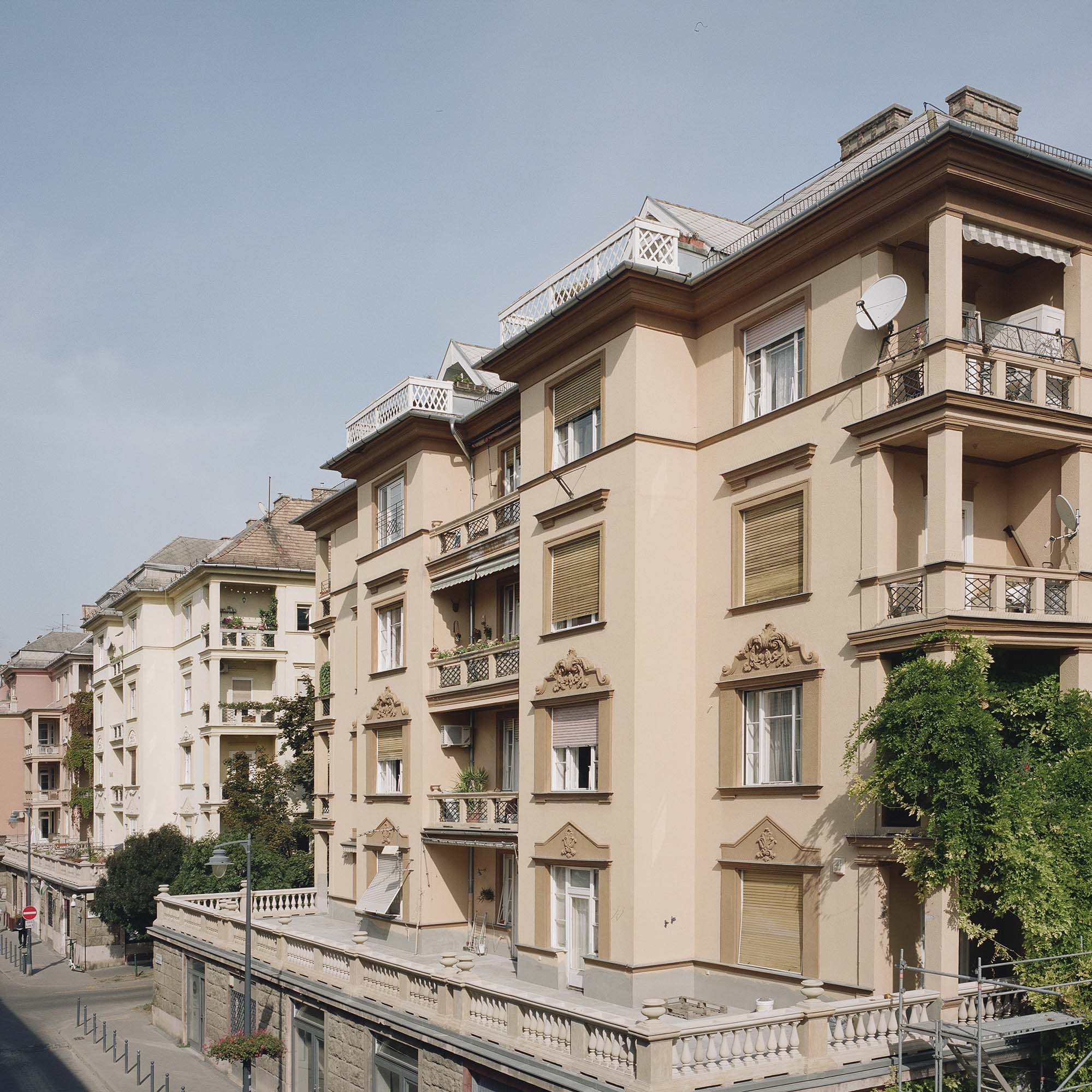
“The Margit-district is a fresh initiative, but we believe that just like in the example of Bartók Béla Way, considerable change can be expected. The neighbourhood has great potential, so far we have received a very positive response from the residents and those working in the area” – Dániel Ongjerth professional leader of Margit-district and member of the Board of Trustees for Eleven Blokk Art Foundation explained.
The list of available services will harmonize with the image and atmosphere of the district’s main road and the neighboring quarters. One of the tools for filling up the empty commercial properties is relaunching the tender system among those responsible for maintenance, those providing professional mentorship and local entrepreneurs. The Contemporary Architecture Centre’s UNOCCUPIED project in 2012-2015, which experimented with the re-utilization of street-front properties with the involvement of community resources, and the “I’ll be right back!” program launched in 2013 by the Municipality of Budapest serve as future reference. The biggest challenges are posed by finding ways for the revitalization processes to be sustainable and the long-term involvement of the affected communities. Property owners have the means to accelerate the rental process by offering reasonable prices resulting in short-term positive effects. Midterm changes provide opportunities for forming sustainable cooperations and the restoration of the urban ecosystem. The first round of tenders in the Margit-district finished in autumn, in which 40 applications were handed in, while in the second round in the spring, 134 tenders competed for 22 properties.
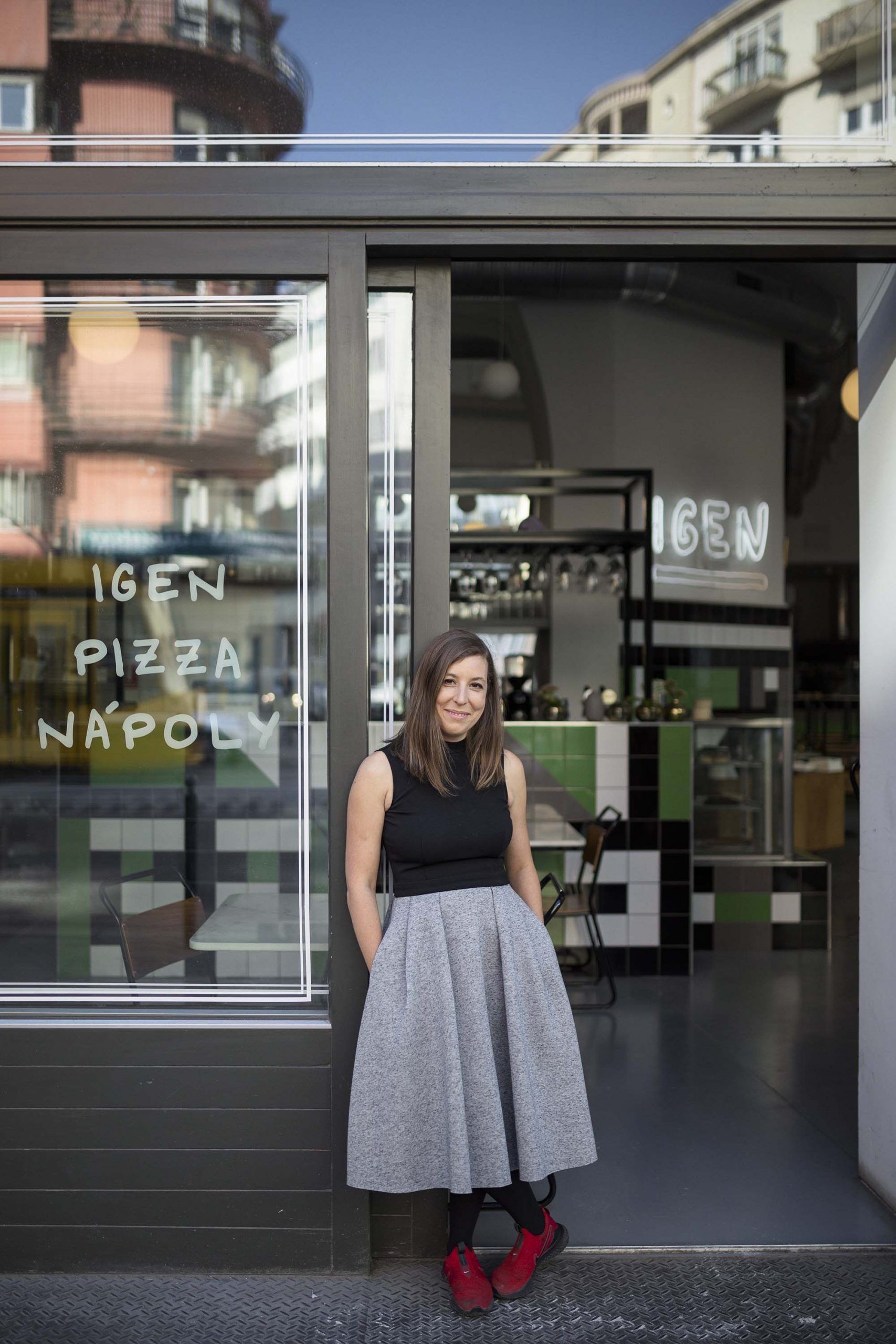
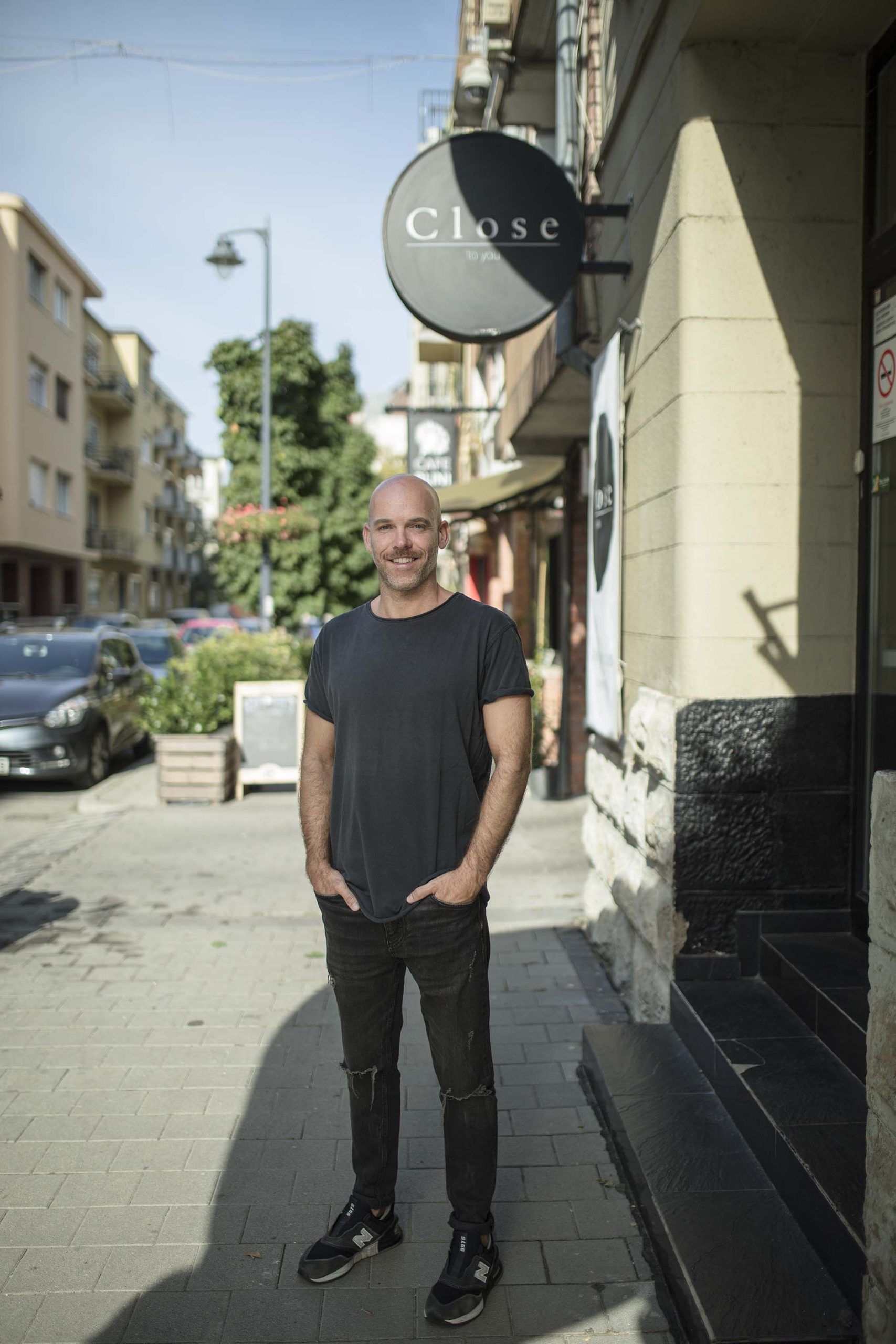
Renting out municipal properties brings about the appreciation of privately-owned areas as well, as in the case of Bartók Béla Way. A further aim of the program is to ensure that the new image of Margaret Boulevard blends in with the cultural and art atmosphere of the neighboring quarters’ past and present. This purpose is served by the program’s comprehensive communication, the involvement of local communities and the stimulation of local cultural activities further down the road. In the case of the latter, the most important factor is for the projects and events realized in the district, to create quality content supported by local resources that stand their ground even on the international scene. Furthermore, a more orderly and clean cityscape is to be established by renovating the facades of the buildings on the boulevard. The main professional patron of the project is YBL-award-winning architect Tamás Dévényi, who added:
“We all want to live in better conditions. Still, in the public areas of Budapest, this is not what we experience. Private homes are in great condition, but well-maintained, beautiful stairwells, courtyards, gates and front gardens are much harder to find in our city. Our goal is to change this mindset at least just a little. When you feel at home in a public space, you feel like »this belongs to me, too«, and that feeling can eliminate passivity. What we need right now are citizens who are ready to act. The first step is to conquer buildings and then public spaces.”
Creating a 15-minute city model in the Margit-district means developing a heterogeneous and diverse mix of services and ecosystems within walking distance, serving public needs, which affects not only businesses, shops and cultural venues, but also the network of other educational and social institutions.
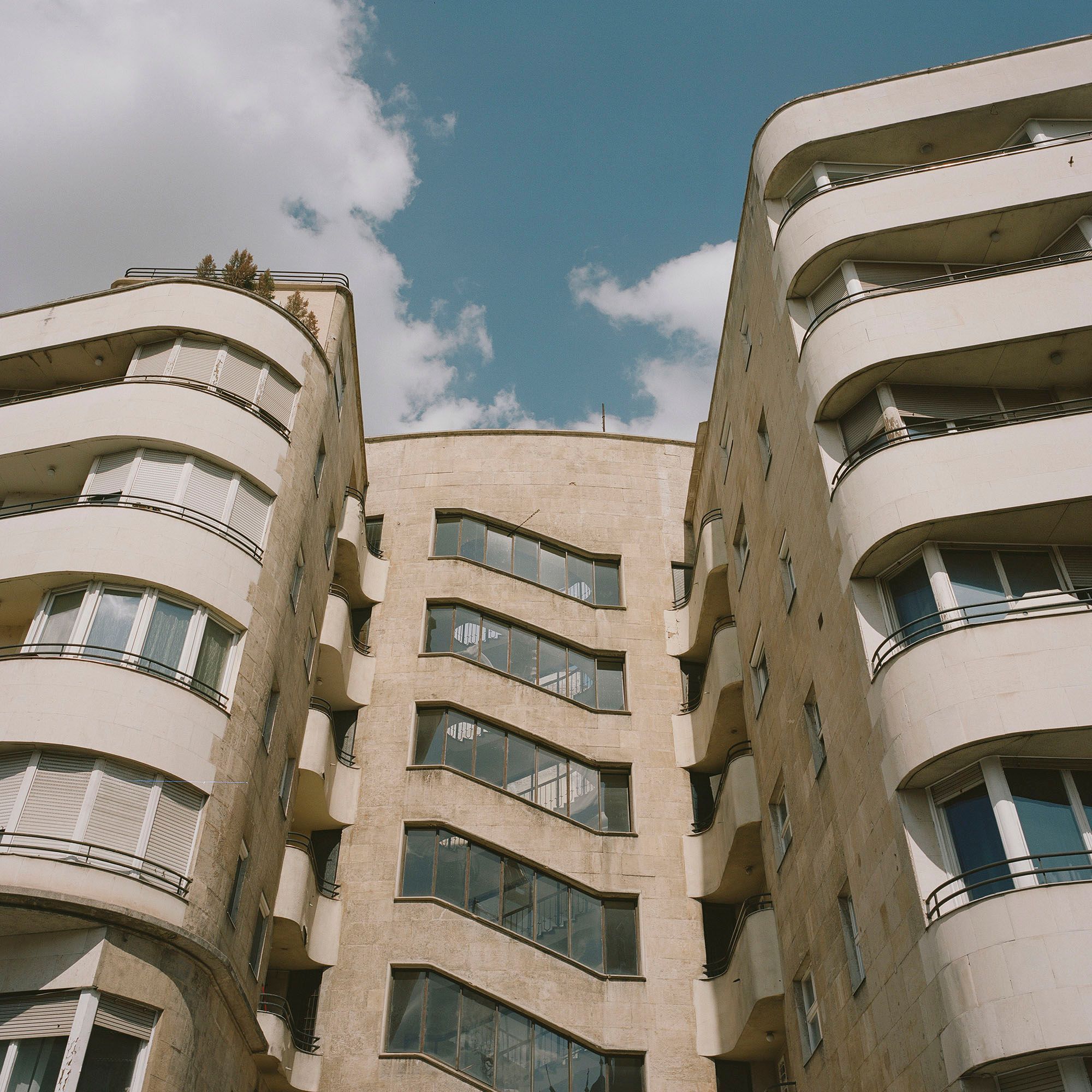
The rehabilitation of the cultural quarter on the downtown section of Bartók Béla Way (up to Móricz Zsigmond Square), known by word of mouth as Bartók-district, is another great example. The area witnessed considerable improvement in recent years: empty street-front properties filled with life, the whole urban ecosystem changed. Boasting a large selection of creative and cultural spaces and local commercial and catering services. Since 2009, the council of Újbuda has been consciously developing its Cultural Centre initiative, and at the same time, organic improvement began: besides municipal properties, local businesses and cultural institutions started occupying adjacent streets and privately-owned real estate, resulting in a positive effect on the life of the district’s residents. Research conducted in spring 2021 found that those living, working or studying in the area can definitely feel the change in the quarter’s atmosphere. Besides the wide range of businesses, cultural and creative programs, what provided the most tangible change is the fact that it’s more liveable and pedestrian-friendly. The survey confirmed the district now meets the criteria of a 15-minute quarter: residents can find all important services from daily necessities to institutional and recreational services within walkable distances, which they prefer over to having to commute into other parts of the city and they enjoy the neighborhood on foot.
Now Bartók-district is facing the challenges of sustainable development: “We need to make sure that the organically established range of services will not be compromised. As a real 15-minute district, this area can serve everyone—the businesses are beneficial for the local population, cafés and other fashionable services are enjoyed by the creative sector working in the area, while cheap basement pubs and grocery stores are best for students and pensioners on small pensions. If new housing or business developments continue, this could drive prices up and steer this lovely district yet untouched by tourism in the wrong direction”—emphasizes Dr. Bálint Kádár, docent of the Faculty of Urbanism in the Budapest University of Technology and Economics, who, on behalf of KÉK, is assisting Újbuda as a professional consultant on urban development issues in the district.
The similar features of these examples show that Budapest has districts with great potential where if local resources and opportunities are used well, more liveable districts can be created providing better living conditions for their residents.
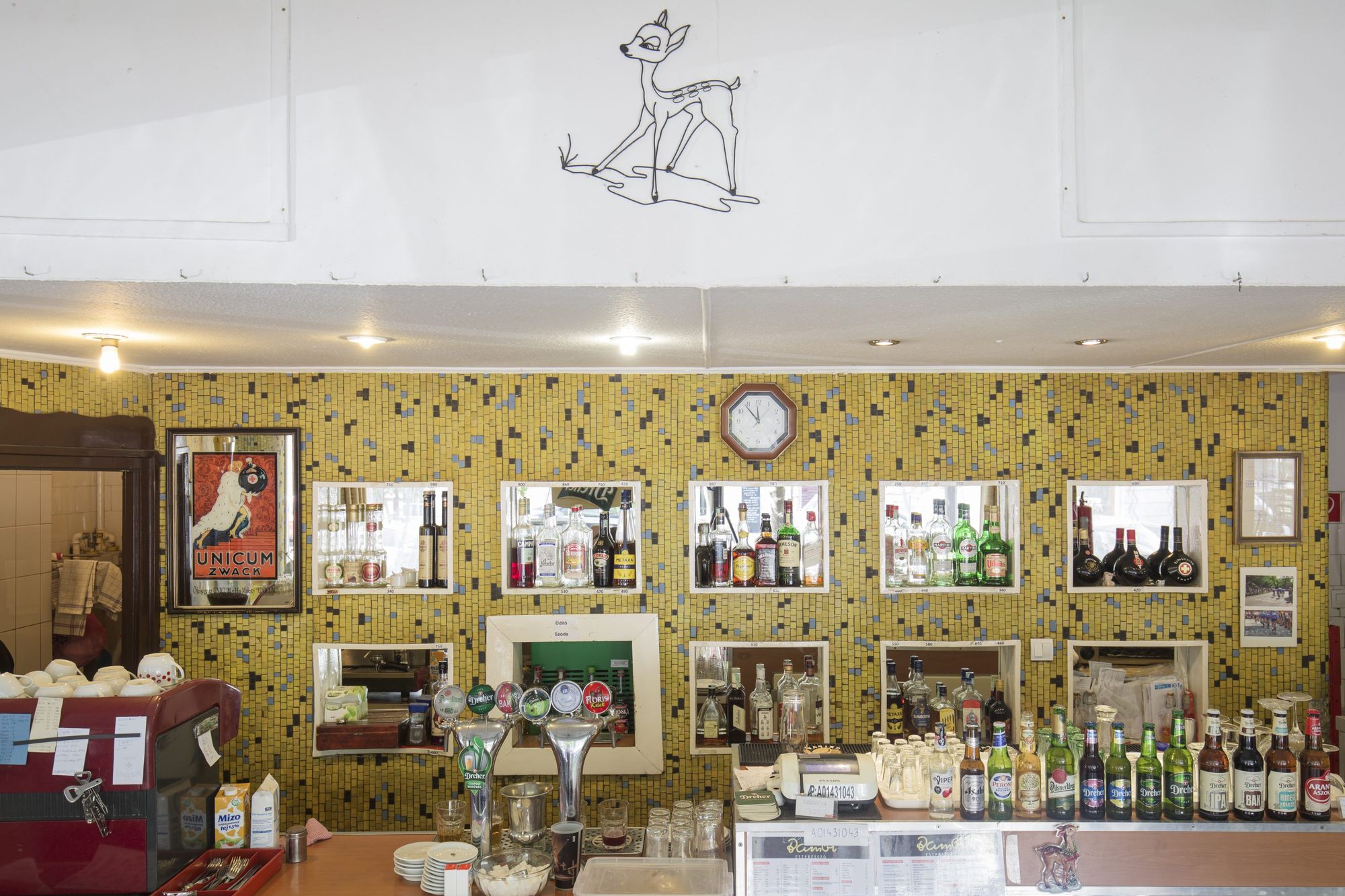
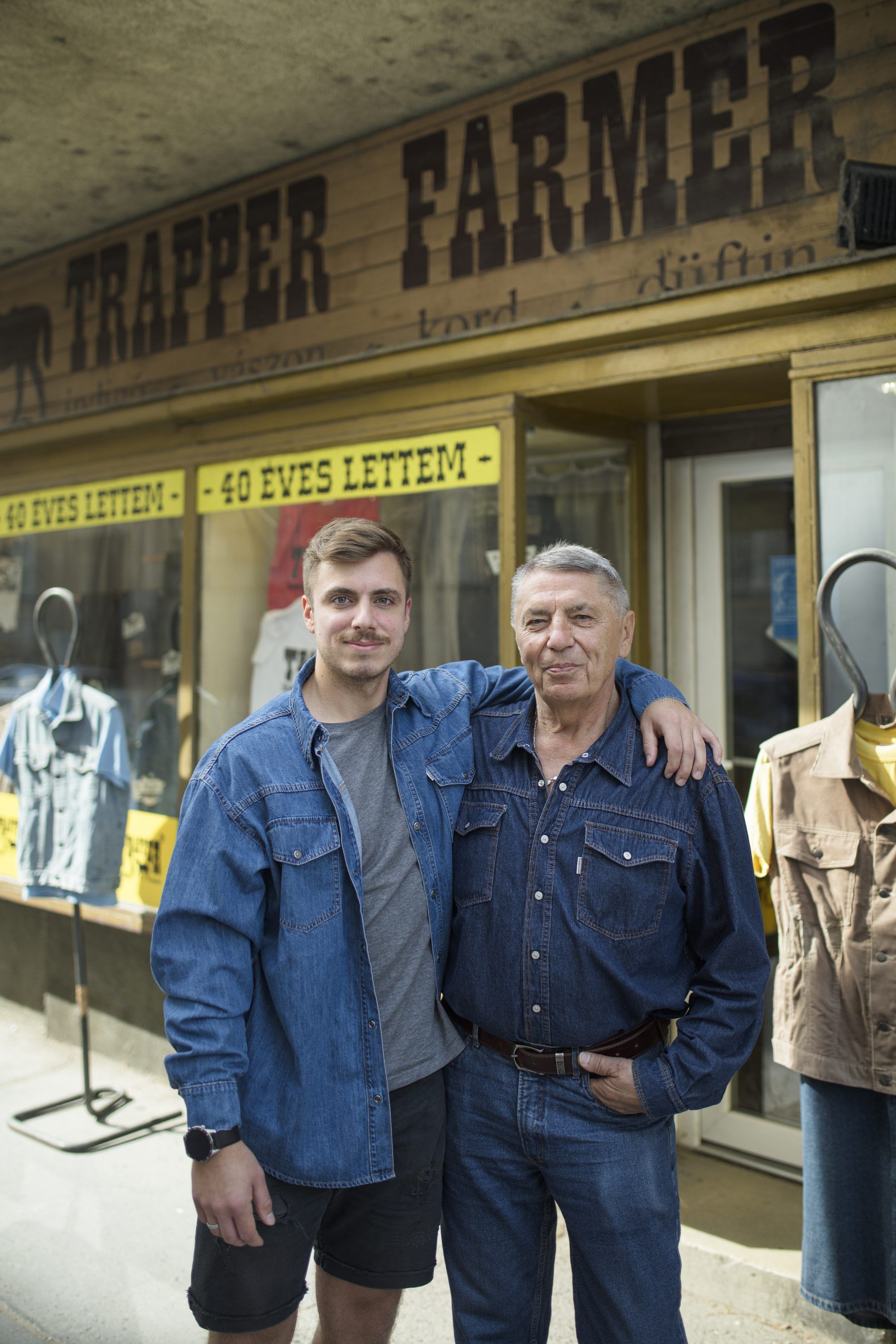
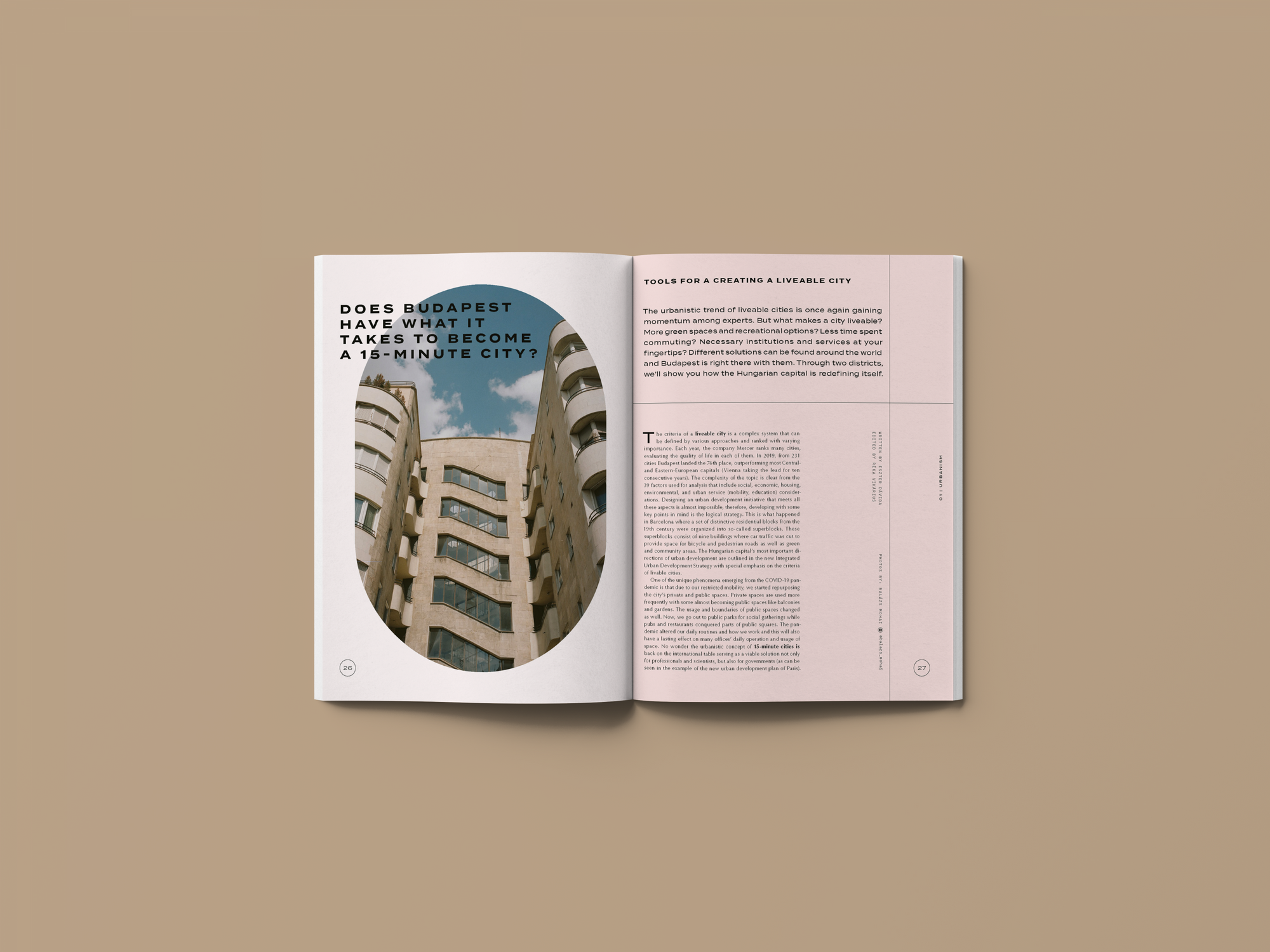
Prefer to read it in print? Order the second issue of Hype&Hyper magazine from our online Store!

DIALOG | Ákos Vörös & Aba Zsuffa—Analog Balaton
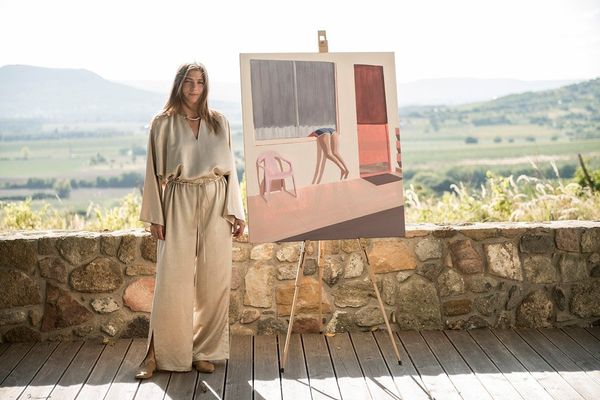
Hungarian contemporary designers among this year's Highlights of Hungary nominees










